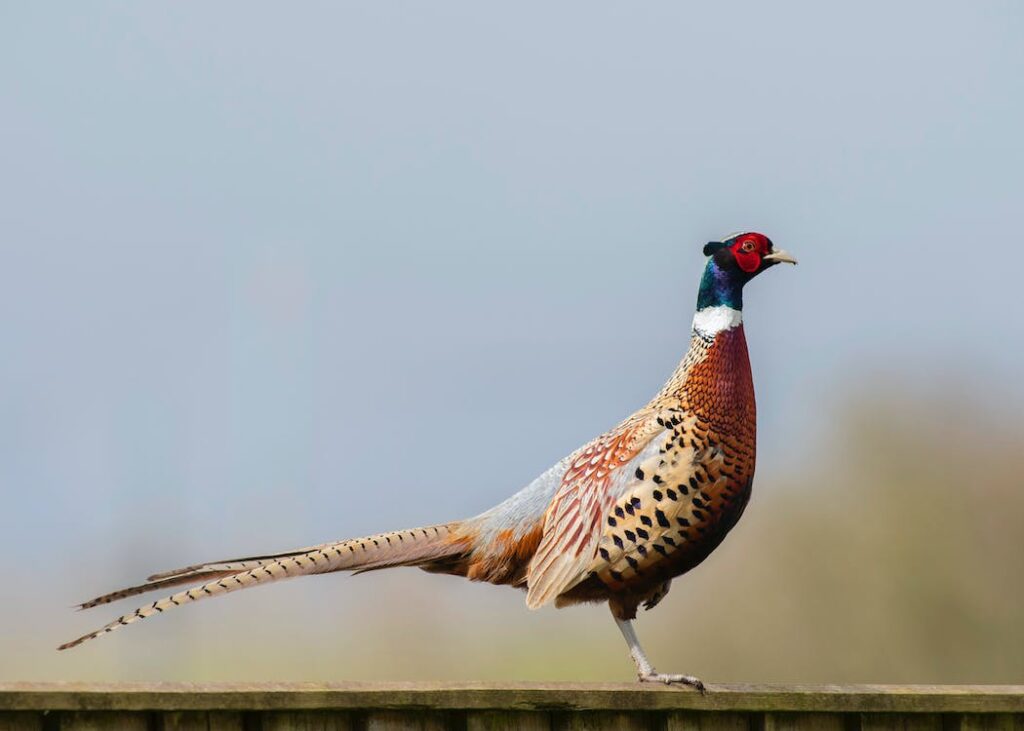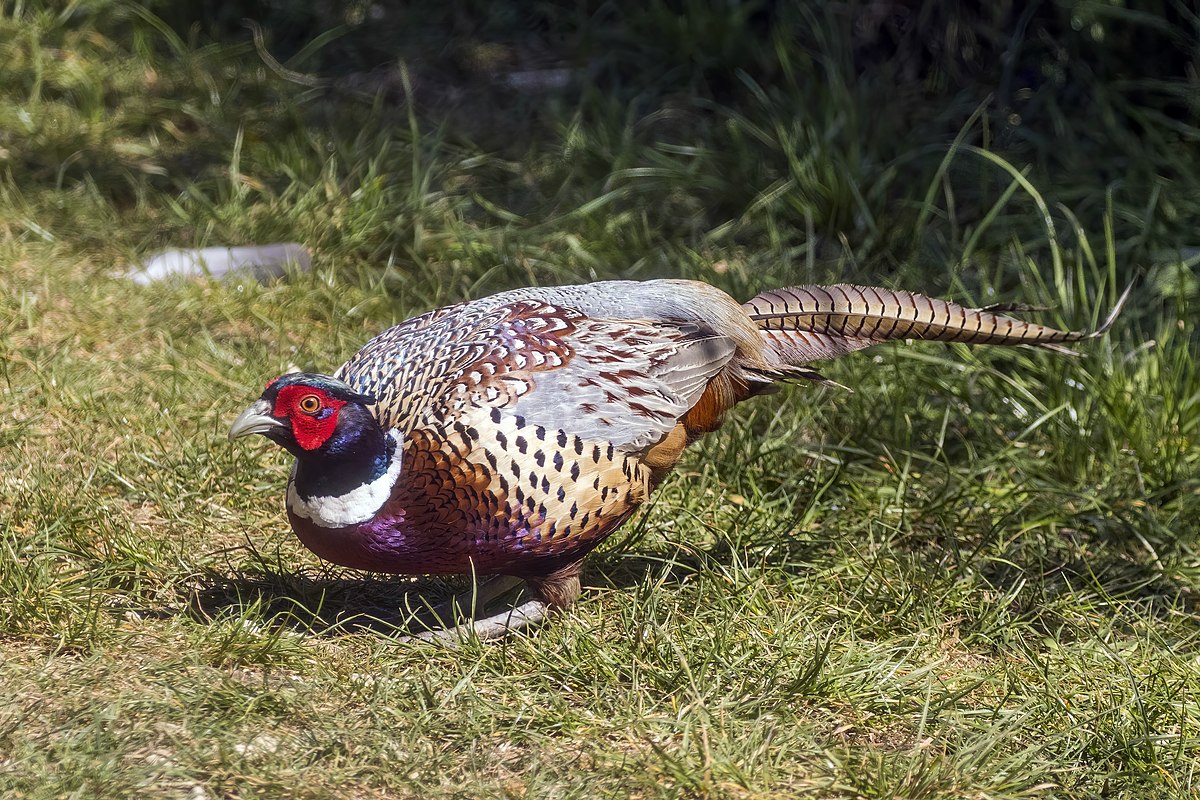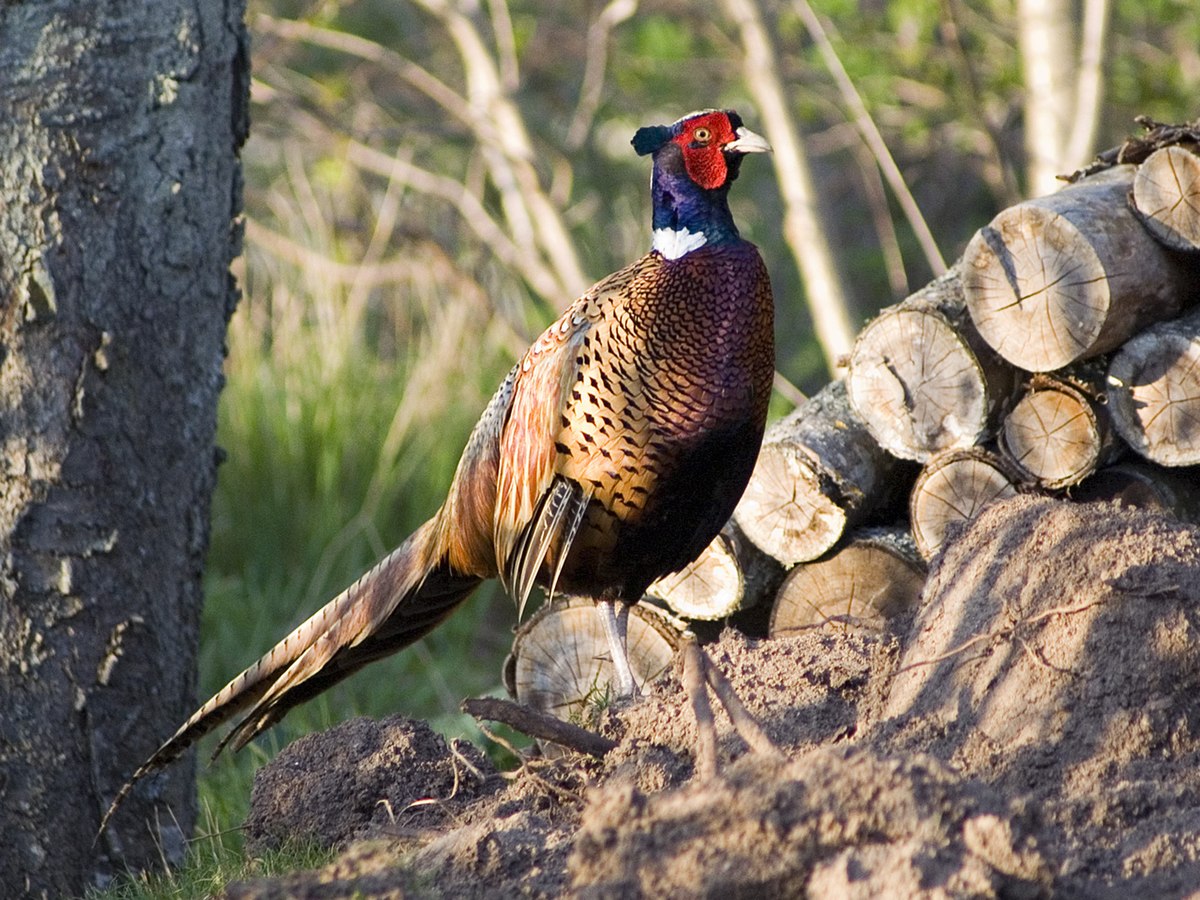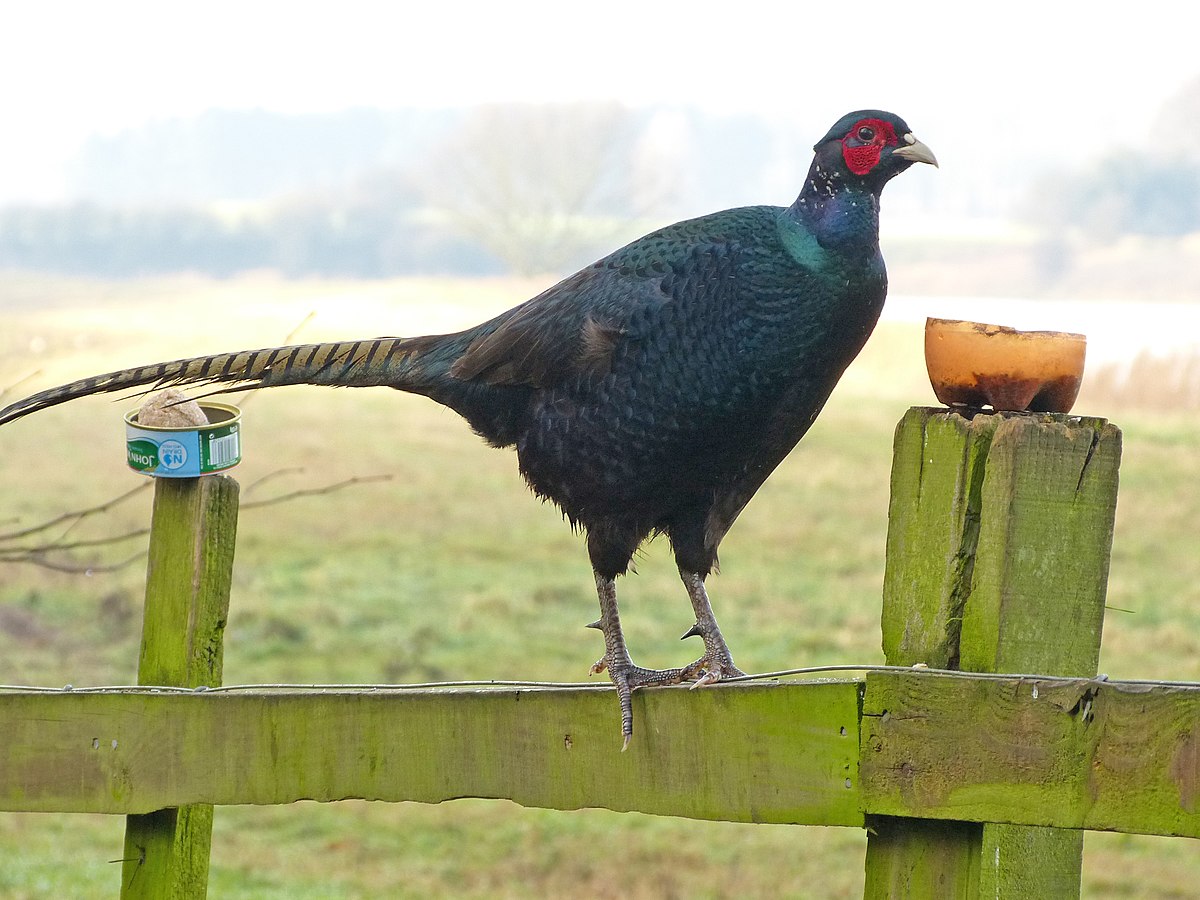Introducing you to pheasant breeds, we dive into a fascinating world of vibrancy and variety. From the well-known breeds in the U.S. and Canada to the exotic ones from Asia, there’s a plentiful array to explore. Surprisingly enough, the total number of identified species comes to 35, each one with its unique characteristics and allure.
Pheasant Breeds: A Colorful Array

There’s a fascinating group of pheasant breeds that consist of 9 unique species all from Nepal and its surrounding states. This includes the Kalij Pheasant, Salvadori’s Pheasant, the Malayan Crestless Fireback Pheasant, the Bornean Crestless Fireback, and the Crested Fireback. Others, such as the key Copper, Green, Silver, Black-backed, Brown-eared, and Blue-eared Pheasant species, enrich this colorful palette of diversity.
Understanding Common Pheasants

The term ‘Common Pheasants,’ often groups several species together, including the highly recognized Chinese and Mongolian Ring-necked Pheasants. These are among the most recognized pheasant breeds. They share their category with multiple subspecies, each exhibiting its distinct charm.
The Chinese and Mongolian Ring-necked Pheasants

Domineering North America, the Chinese Ring-necked pheasant typically measures about 3 feet in length and weighs just under 3 pounds. As appealing in plumage, as it is delicious when cooked—the bird is an absolute favorite among hunters.
The Mongolian Ring-necked Pheasant, a crossbreed, shares similarities with its Chinese counterpart. Their preferred habitats include grasslands, grain fields, and wetlands, often found near brushy areas.
Exploring the Melanistic Mutant

North America has familiarized itself with another breed that’s increasingly popular—the Melanistic Mutant. Showcasing an enticing, iridescent greenish-black plumage, this breed prefers soybean and corn crops, alongside grain crops.
Even though North America houses only a small fraction of the diverse variety, it boats an attractive selection of pheasant breeds. The ones we do have make excellent game birds, and as gourmet cuisine, they’re a treat.